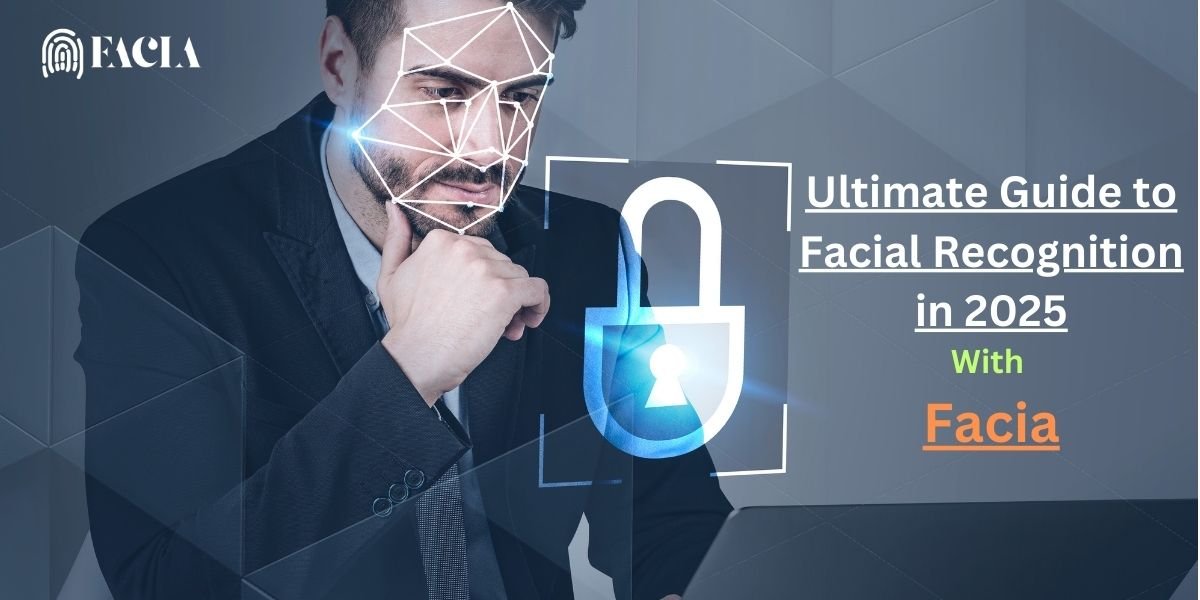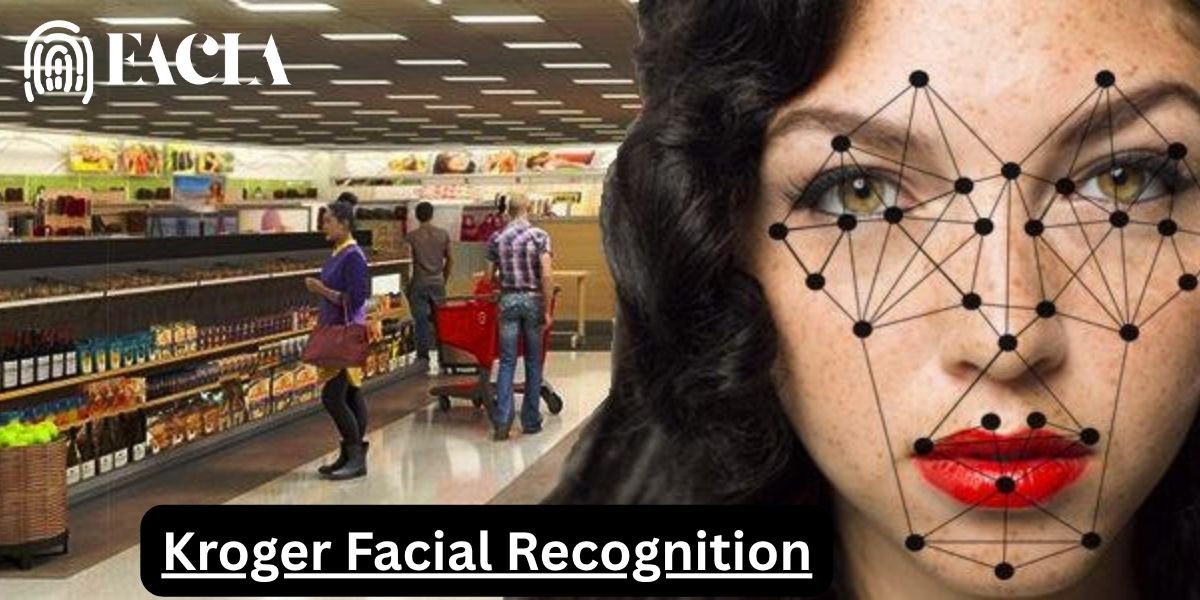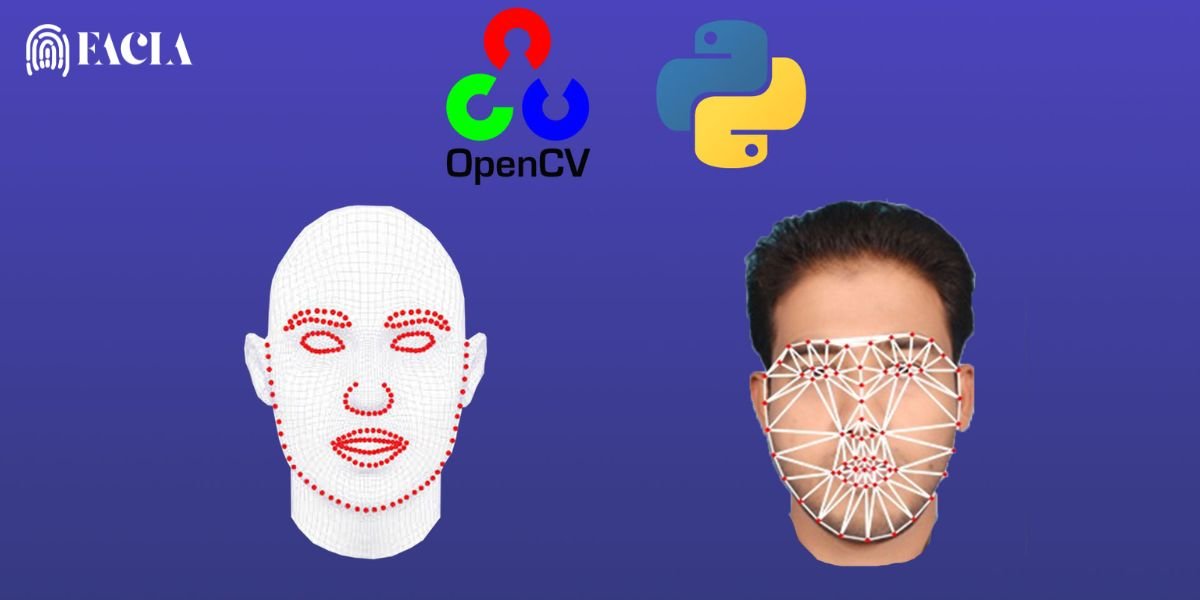It’s 2025 now and we are stepping into a world powered by AI enhancements. The biometric processes are also getting their hands on the more powerful AI datasets and procedures. Especially, facial recognition technology, which is the enhancing and streamlining of all the industrial processes across the market. From mobile authentication to age verification on most digital platforms, it’s all about Facial Recognition Systems. Recent research from popular websites like Statista show the rise of these systems across digital products. And this is not the end, as the market size of facial recognition systems is projected to reach more heights touching $5.51 billion USD this year, i.e 2025!
This article will guide you through all the important aspects of facial recognition technology and its key functions, along with various benefits and use cases. Here are some of the Key Highlights of this blog to help you outline the important findings of this write-up.
Key Highlights
- Introduction to Facial Recognition Technology, from its basic understanding to the back-end working of the process.
- A brief history of this technology, answering questions like When was Facial Recognition Technology Invented? And the need and implementation with real-life use cases.
- How the government employs facial recognition technology to counter various illicit crimes across markets.
- The role of AI in this whole process especially in 2025.
- Explanation of how tech giants, especially, Google is testing facial recognition technology for the improvement of its applications and services with reliable authentication and verification.
What is Facial Recognition?
Just like all the Biometric Verification technologies, facial recognition technology is another key technology for identifying humans with their faces. It uses a camera or a face scanner hardware with an application software to scan faces. Then, the data from the hardware is used to match with the existing database to confirm the identity of the user. Artificial Intelligence highly influences this process as pattern matching across thousands of face data is a time-consuming procedure. With new datasets and toolkits software enterprises are making it possible to make it a reality. This is exactly how you unlock your iPhone in just mere seconds or even less.
The process of facial recognition consists of different steps in place to maximize the use of face scanners and identify people. Before diving right into the intricacies let’s head into the past to understand the need for face recognition technology.
A Dive into the History of Face Recognition
We humans identify each other with different aspects such as facial looks, voice, and appearance. With the advent of technology, computers are now efficient enough to identify humans with facial features, and it’s possible due to research made in the early 1960s! While the concept of facial recognition dates further back to the 1850s, the landmark research was led by Woodrow W Bledsoe’s team in 1964. This enabled computers to recognize images and subjects using programming principles. Here is a complete timeline of facial recognition technology to date.
- 1850s: The use of photographing systems to understand photographs in the English prisons to identify prisoners across different police stations.
- 1860s: Print of first photograph to put reward posters with people’s facial features.
- 1920s: Detective agencies using photographs to analyse the facial features to identify people and catch the assaulters.
- 1960s: Initial development of semi-automated facial recognition systems using computer systems in which a team of scientists ran manual measurements for the RAND Tablet.
- 1970s: The evolution of imagery and computer technologies enabling accurate computerized identification. The 21 facial markers in the human face were highlighted for further development of facial recognition technology systems.
- 1990s: FERET (Face Recognition Technology Program) was run in order to make the facial recognition systems commercial and encourage the implementation of touchless verification.
- 2011: Major developments in facial recognition systems to identify wanted people across different regions worldwide.
- 2014: Facebook (now Meta) announced their pioneering deepface tagging technology. This is why we can tag people right using their faces from images. The photo-tagging software uses facial recognition technology on the backend.
- 2015: Major players and tech giants stepped into the facial recognition technology market, implementing the Biometric Identity Verification systems such as Android and Windows Hello programs.
- 2017: Apple introduced one of the most accurate facial recognition systems into their latest smartphone, iPhone X. Their FaceID technology uses 3D facial recognition technology to accurately map out all the facial features for the best possible verification.
- 2020: The COVID-era also pushed the development of face recognition technology to new heights due to its touchless nature.
- 2024: The facial recognition technology is currently one of the highly employed systems for identity verification across diverse industries.
How Does Facial Recognition Technology Work?
Just like any other biometric verification system, facial recognition technology also measures some key aspects of the human face. These measurements can be the position of your eyes, depth of your jaws, lips, nose width and the list goes on. These characteristics of the human face are combined with specialized algorithms that give numerical values using mathematical calculations. In computer terms, all facial traits are called Nodes that vary from person to person.
Nodes Connection
The facial recognition system calculates the distance between each node to make a connection with each other. Each calculated value is converted into a dataset. With the help of machine learning modules and efficient algorithms, the system automatically compares the dataset with a large pool of other node calculations. If any exact match is found, the system alerts the software to output a successful recognition message. Although the process is not this simple, the main workflow is similar across all major Facial Recognition Software solutions. Here is the step-by-step workflow of the process.
- The dataset is unique for every face pattern which allows the system to filter out the Search Facial Recognition.
- With large amounts of data sets already present in the system, the software solution performs various checks to ensure the accuracy of the result after filtering a specific dataset.
- These checks include twin detection using AI intelligence and relative marking.
- New solutions also incorporate liveness detection features to make systems Fraud Detection. Liveness detection asks the person in front to perform certain movements for a more deep face scan. This prevents users from accessing personal profiles with face masks or images to trick the system.
How do Tech Giants use facial recognition technology?
Almost all tech giants, even Google is testing facial recognition technology for their enterprise solutions. In recent years, we have seen devices get Face Recognition Features with the existing hardware such as front-cameras. However, the upcoming years promise a more Secure Identity as companies are now working on more sophisticated hardware that focuses solely on facial recognition technology. Here is how tech giants are moving forward, combining the power of AI with image processing.
Microsoft
Microsoft is the leader when it comes to enterprise solutions and it is one of the several corporations that are working to enhance facial recognition systems. It is testing the technology with more details of the human face such as skin tones. Also, new Algorithms Microsoft is in works with will make it one of the pivotal players in improving facial recognition technology across various industrial levels. One such example is their ongoing face recognition projects that are evaluated by NIST (National Institute of Standards and Technology)
Google is also not static in this department. It powers a deep neural network measuring system that is working on detecting even micro expressions from human faces. The Google Cloud Face Detection API is one such example that uses optical flow to intelligently map out facial expressions. This is much faster and more accurate than traditional face scanning systems. The solution also works in real-time video establishing a sequence of expressions recorded on each face.
Apple
Apple already is well-known for its FaceID scanning from its iPads. It uses a neural engine to perform an in-depth face scan and define a mathematical representation of the user’s data. Apple is always a market leader in the smartphone industry and is working on improving facial recognition technology with various hardware and software advancements. This is why we can now unlock our latest mobile devices from Apple with a mask on or even in dark environments.
The Benefits of Facial Recognition Technology Across Industries
Facial recognition technology serves as a foundation of most user identity verification solutions currently in the market. It overtook traditional methods such as fingerprints and irises due to its fast and accurate nature. Now most businesses prefer faster recognition that also ensures authenticity without the need to stop and scan. Here are some use cases that further solidify the need for facial recognition technology.
Identity Verification
Many IDV providers in the sector provide facial recognition technology as a part of their SaaS solutions. Combining it with liveness detection, IDV providers ensure security at affordable prices. This is a good choice for startups as they are more prone to fraud compared to enterprises.
Security and Legal Affairs
Security agencies are major users of facial recognition technology. From the beginning of this concept, legal advisors used image recognition to catch criminals. Now with the evolution of technology, these solutions enable more efficient security compliance allowing abrupt response to the attackers.
Banking and Finance
Gone are the days of paperwork and documentation for proving identity for a bank account. Now the finance sector uses facial recognition technology for faster and smoother customer onboarding. Financial institutions have access to national database systems that enable them to find out real identities on the go.
Airports and Travel Sector
Have you ever noticed the security cameras in Airports? They are not just for security but also are working as Facial Detection Website to identify travelers with their facial data.
The Role of AI in Facial Recognition
AI is the backbone of facial recognition solutions in 2025. Here are some key reasons why machine learning systems are much better than traditional face-scanning systems:
- It enables faster data processing i.e. calculation of Nodes at instant speeds.
- Access to large datasets enables more diverse searches across the industry.
- Self learning makes the system better overtime which also reduces the chances of errors.
- Anti-spoof and anti-fraud systems also incorporate AI due to its capabilities of continuous authorization and authentication.
- Computer vision processes also improve with AI datasets as depth and subjects in generated images are more efficiently analyzed.
Major Concerns for Fair Use of Facial Recognition
While facial recognition solution has many pro, there are various problems that need to be addressed. The first risk is the potential abuse of access to AI datasets by everyone. Many regulations need to be in place that prohibit discrimination. Also, Privacy breach is an ethical concern as technology is evolving much faster, leading to intrusions. Democratic freedom is an underlying area of debate as facial data carries all the relevant information that reveals a person’s identity.
Conclusion
Facial recognition technology is the future of digital authentication and verification. In 2025, facial recognition is expected to leap ahead with more advancements. With companies working on the improvement of technology, we will soon witness access to a more secure digital world. In summary, businesses are thriving securely in the modern world thanks to AI Facial Recognition technology.
FAQs
What are some problems with facial recognition systems?
Facial recognition technology, just like any other tech, comes with its shortcomings. These are data collection issues, hardware limitations, software efficiency, and fair use.
Which process is the Backbone of Facial Detection?
In 2025, AI is replacing almost every manual or automated process with a more efficient process flow. Facial recognition systems are becoming more intelligent with the training of large machine learning datasets. This enables modern systems to learn and become self-sufficient to handle themselves and improve over time.
Can we Buy Facial Recognition System for our Business?
Many SaaS enterprises offer services for facial recognition. Some offer free demos and trials that showcase the working capabilities. You can start a free trial to check which one is best for your needs.
Can attackers Bypass Facial Recongition Technology?
AI Facial Recognition is intelligent and has come a long way since its inception, yet it is not foolproof and can be bypassed using deepfakes and other methods.
Does Face Recognition Work with Closed Eyes?
Eyes are key nodes for facial data calculations. While some face detection systems work with eyes closed, they are not as accurate as with eyes open.





